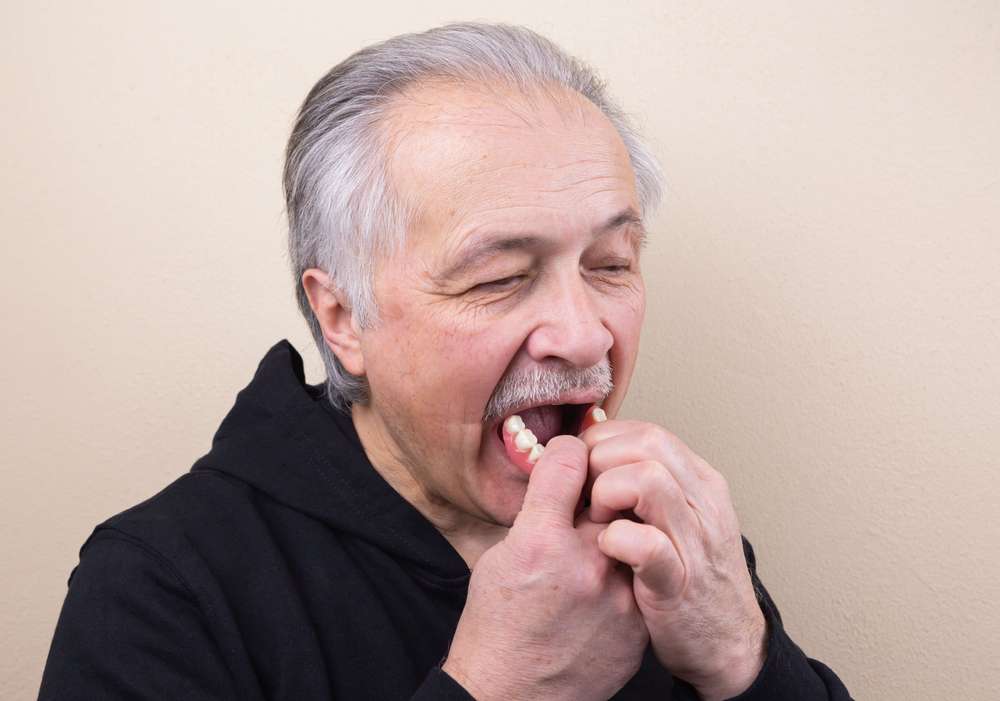Understand Overactive Bladder Causes and Its Impact On A Person's Life
Living with an overactive bladder can significantly affect daily activities and quality of life. This condition, characterized by frequent and sudden urges to urinate, affects millions of people worldwide and can cause disruption in personal, professional, and social aspects of life. Understanding the causes, recognizing the symptoms, and learning effective management strategies are crucial steps toward addressing this condition. While overactive bladder is more common among older adults, it can affect people of all ages and is not an inevitable part of aging.

What Does It Mean to Have an Overactive Bladder?
An overactive bladder (OAB) refers to a collection of urinary symptoms with the most prominent being a sudden, uncontrollable need to urinate. This condition occurs when the bladder muscles contract involuntarily even when the bladder isn’t full. Normally, when the bladder fills, nerve signals communicate with the brain, alerting you when it’s time to urinate. With OAB, these signals don’t function properly, causing the bladder muscles to contract irregularly regardless of the volume of urine stored.
The condition is not a disease itself but rather a symptom complex that may result from several different causes. It’s important to note that OAB differs from urinary incontinence, though some people experience both conditions simultaneously. While incontinence involves the involuntary leakage of urine, OAB is characterized primarily by urgency, frequency, and nocturia (nighttime urination), whether or not leakage occurs.
Overactive Bladder Causes
Various factors can contribute to the development of an overactive bladder. Neurological disorders such as multiple sclerosis, Parkinson’s disease, and stroke can interfere with nerve signals between the brain and bladder, resulting in OAB symptoms. Age-related changes in the bladder can also play a significant role. As people age, the bladder’s capacity to store urine may decrease, and involuntary bladder contractions may become more common.
Other potential causes include urinary tract infections, which can irritate the bladder and cause urgency and frequency. Bladder abnormalities such as stones or tumors might also trigger OAB symptoms. Certain beverages and foods, particularly those containing caffeine or alcohol, can act as diuretics or bladder irritants, exacerbating symptoms. Excess weight places additional pressure on the bladder, potentially worsening symptoms. Hormonal changes, particularly in women during menopause due to declining estrogen levels, can contribute to OAB.
Overactive Bladder Signs and Symptoms
Identifying the symptoms of an overactive bladder is the first step toward proper management. The most common symptom is urinary urgency – a sudden, compelling need to urinate that is difficult to postpone. This urgency often leads to frequency, where a person needs to urinate eight or more times within a 24-hour period. Nocturia, the need to wake up multiple times during the night to urinate, is another prominent symptom that can significantly disrupt sleep patterns.
Some people with OAB may also experience urge incontinence, which is the involuntary leakage of urine that immediately follows an urgent need to urinate. This symptom can be particularly distressing and may lead to social isolation or embarrassment. It’s worth noting that not everyone with OAB experiences incontinence, and the severity of symptoms can vary widely among individuals. For some, symptoms may be mild and manageable, while others might find their daily activities severely limited by their condition.
Impact of an Overactive Bladder on a Person’s Life
The effects of an overactive bladder extend far beyond physical discomfort, often permeating various aspects of a person’s life. Professionally, the constant need to use the restroom can interfere with work productivity and may lead to uncomfortable situations during meetings or presentations. Socially, many individuals begin to decline invitations or avoid public places where bathrooms might not be readily accessible, leading to isolation and reduced social interactions.
Emotionally, overactive bladder can contribute to feelings of embarrassment, anxiety, and depression. The fear of having an accident in public can create constant stress and hypervigilance about bathroom locations. Sleep disruption due to nocturia can lead to fatigue, irritability, and decreased cognitive function during waking hours. Intimate relationships may suffer as partners adjust to frequent sleep interruptions or as individuals avoid sexual activity due to fears of leakage.
Quality of life surveys consistently show that people with OAB report lower satisfaction scores compared to those without the condition. The constant planning around bathroom access – what some call “bathroom mapping” – can become mentally exhausting and limit spontaneity in daily life. For elderly individuals, OAB can contribute to a higher risk of falls when rushing to the bathroom, particularly at night.
How to Manage an Overactive Bladder
Managing overactive bladder typically involves a combination of lifestyle modifications and behavioral techniques. Fluid management plays a crucial role – this doesn’t necessarily mean drinking less overall, but rather spacing fluid intake throughout the day and reducing consumption in the evening hours. Avoiding bladder irritants such as caffeine, alcohol, spicy foods, and artificial sweeteners may help reduce symptoms for some individuals.
Bladder training is another effective approach, which involves gradually increasing the time between bathroom visits to train the bladder to hold more urine. Pelvic floor exercises, often called Kegel exercises, can strengthen the muscles that help control urination and can be particularly beneficial when performed correctly and consistently. Double voiding – urinating, waiting a few minutes, and trying again – can help ensure the bladder empties completely.
Weight management can also help reduce symptoms, as extra weight puts pressure on the bladder and surrounding muscles. Establishing a regular toileting schedule, rather than waiting for the urge to become overwhelming, may help some individuals maintain better control. For those experiencing nocturia, elevating the legs for a few hours before bedtime can help mobilize fluid that pools in the lower extremities and reduce nighttime urination.
This article is for informational purposes only and should not be considered medical advice. Please consult a qualified healthcare professional for personalized guidance and treatment.




